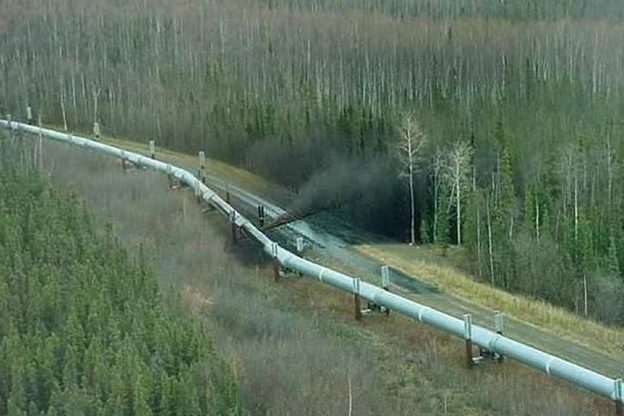
Contested case hearing another reason Enbridge should just give up
Good deal:
On June 3, 2020 the Minnesota Pollution Control Agency announced it is granting a contested case hearing on the agency’s draft 401 water quality certification for Enbridge’s Line 3 replacement project. The contested case hearing, expected to be scheduled later this summer, will focus on Enbridge’s water crossing methods to ensure all impacted streams and wetlands are protected.
(MPCA)
A number of outlets have noted that this means that Enbridge will be unable to get going during “prime construction season.” It does indeed require a lot more time and effort, and therefore expense, to excavate in frozen soil.
Does this pretty much mean that the Line 3 replacement project is burned-to-a-crisp toast? Unfortunately, no. But at the very least it’s another opportunity for opponents to get the facts out there.
In recent months, the price of oil has plummeted and companies have reduced oil production. And in recent years, oil spills have made headlines and damaged waterways like the Kalamazoo River in Michigan. If there ever were a time to build another pipeline, this is clearly not it. But Canadian pipeline giant Enbridge still seeks to build a pipeline—“Line 3”—to carry crude tar sands oil across from Alberta, Canada across valuable freshwater resources in northern Minnesota to Superior, Wisconsin.
Line 3 would not just cross the Mississippi River. In Minnesota, it also would cross 212 streams, miles and miles of wetlands, and the Lake Superior basin. Enbridge bills this pipeline as a “replacement.” That’s a misnomer. Although Enbridge has an older pipeline by the same name, the company wants to build this pipeline on a new route, not in the corridor where there is an existing pipeline. Plus, the new Line 3 would be larger in circumference and able to carry double the crude oil. More oil in the pipeline translates to more environmental impacts if and when the pipeline leaks and spills.
(Environmental Law & Policy Center)
When a lot of us righteously profess opposition to Line 3, what we really mean is both that the replacement should not be built, and the existing line should be shut down for good. Because nobody needs tar sands oil. In fact, what we need is not to be digging up a drop of it, anywhere, ASAP.
By investing in practical solutions to cut projected U.S. oil use in half, we can minimize the need to tap dirtier and more expensive resources—none of which represent the progress so sorely needed in the energy sector. And having generated a disproportionate share of the world’s carbon emissions, the world’s largest oil and gas companies have a unique responsibility for cutting emissions from their own operations. That includes avoiding the dirtiest oil resources, such as tar sands.
(Union of Concerned Scientists)
Thanks for your feedback. If we like what you have to say, it may appear in a future post of reader reactions.


